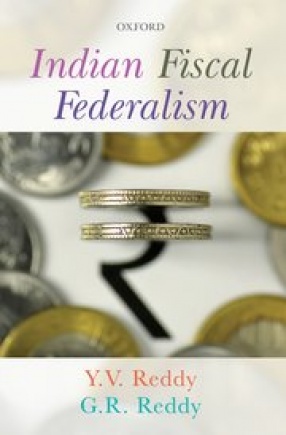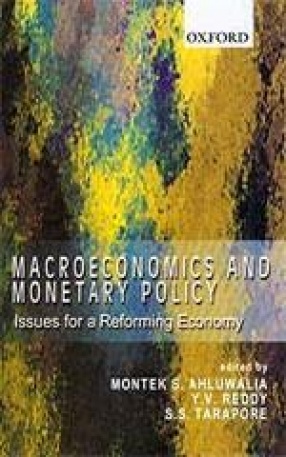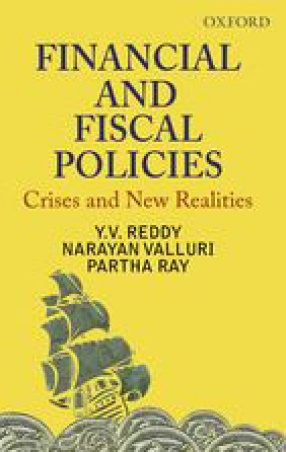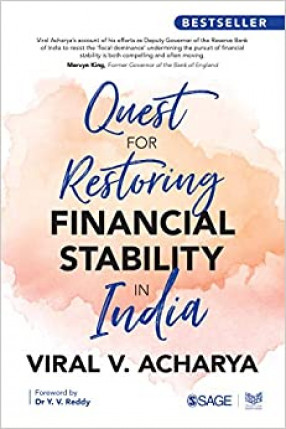Indian Fiscal Federalism
Likening fiscal federalism to a game between the Union and the States, and among the States themselves, Indian Fiscal Federalism lays bare the complex rules of play. It examines the pivotal role of Finance Commissions and assesses momentous events since 2014, such as the replacement of the Planning Commission by NITI Aayog, the emergence of the GST Council, and the controversies surrounding the Fifteenth Finance Commission.
The book offers a historical perspective on fiscal federalism, in particular the interplay and overlap of institutional mechanisms. In doing so, it examines persistent as well as immediate concerns, and offers a way forward.
A contemporary, timely, and comprehensive analysis of fiscal federalism in India, this practitioners’ perspective is a must-read for all those interested in the subject.
Contents: Introduction. 1. Origins of Fiscal Federalism. 2. Evolution of Fiscal Federalism. 3. Finance Commissions: Their Composition and Functions. 4. Continuity and Change: Approaches of Finance Commissions. 5. Vertical Distribution: Changing Balances. 6. Horizontal Distribution: Changing Balances. 7. Grants-in-Aid: Magnitude and Composition. 8. The Detail Matters. 9. Local Self-Governments and Finance Commissions. 10. Goods and Services Tax Council: A New Institution in Indian Fiscal Federalism. 11. Asymmetric Federalism. 12. The Planning Commission: Its Rise, Fall, and Rebirth. 13. NITI Aayog: Promise and Performance. 14. Public Debt and Finance Commissions. 15. Aggregate Central Transfers to States. 16. The Fifteenth Finance Commission: New Challenges. Index.
Get it now and save 10%
BECOME A MEMBER











Bibliographic information
G.R. Reddy